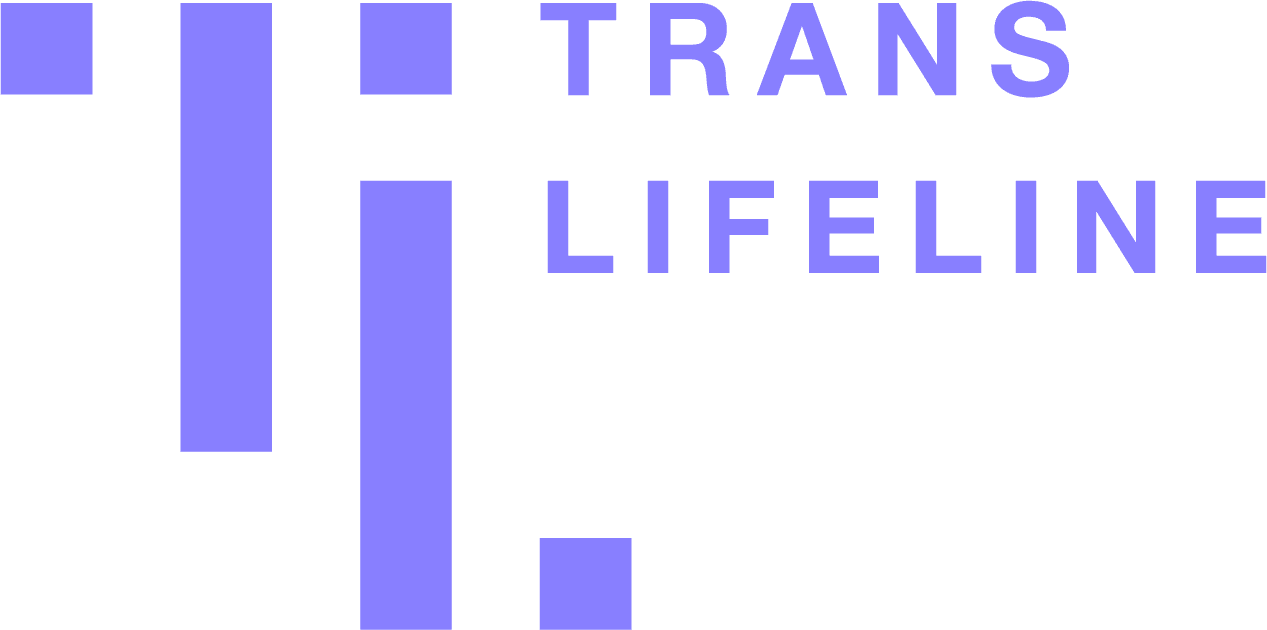Transmisoginia
Prejuicios contra las personas transgénero —incluidos actos de violencia individuales y estatales— dirigidos específicamente contra las mujeres transgénero, las personas transfemeninas y/o las personas no conformes con el género cuya expresión y/o identidad de género se sitúa en el extremo femenino del espectro de género. Aunque es probable que muchas personas transgénero sufran transfobia en algún momento de su vida, no todas se enfrentarán necesariamente a la transmisoginia, un tipo particular de marginación que se dirige a las personas por el hecho de ser a la vez mujeres y transgénero.

